
Representative Illustration Projects
So, how can you use my illustration skills? Schematics; line drawings of products; maps; instructional drawings; advertisements; signage; promotional items; printed materials; anywhere you need a drawing of something!
Illustration means different things to different people, depending on what they envision. I don't claim to be an artist; I'm not. That said, I know my way around the task of presenting a representation of something in a clear, concise way that achieves the intended goal.
The tools I use vary, depending on what type of illustration is required. For line drawings and schematic-type projects I use Adobe® Illustrator™; for shaded grayscale or color illustrations, I might use Illustrator, or build a 3D model and render it, depending on the complexity and intended/required "look."
My camera is also a useful tool for illustrating in conjunction with line drawn callouts and/or image manipulation.
Illustration Example: Line Drawing
|
This is one of more than a hundred similar line drawings I did for a catalog of industrial electrical equipment. This is an example of a fairly simple line drawing of a product, with dimensioning information added. This was drawn using engineering drawings as a guide. |
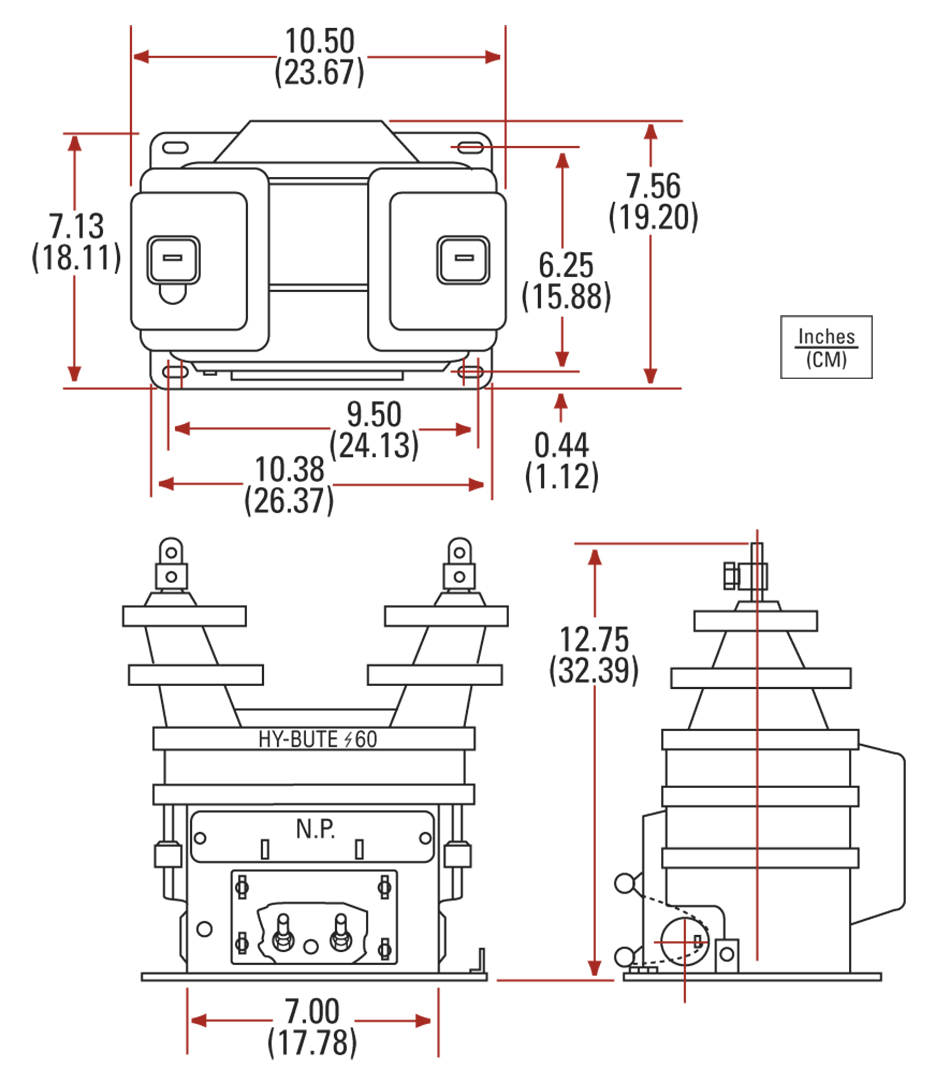
|
Top of Page
Illustration Example: Shaded Line Drawing
|
This is one degree of difficulty higher on the "Illustration Scale" from the example above. This requires accurate portrayal of structure, and relative perspective. |
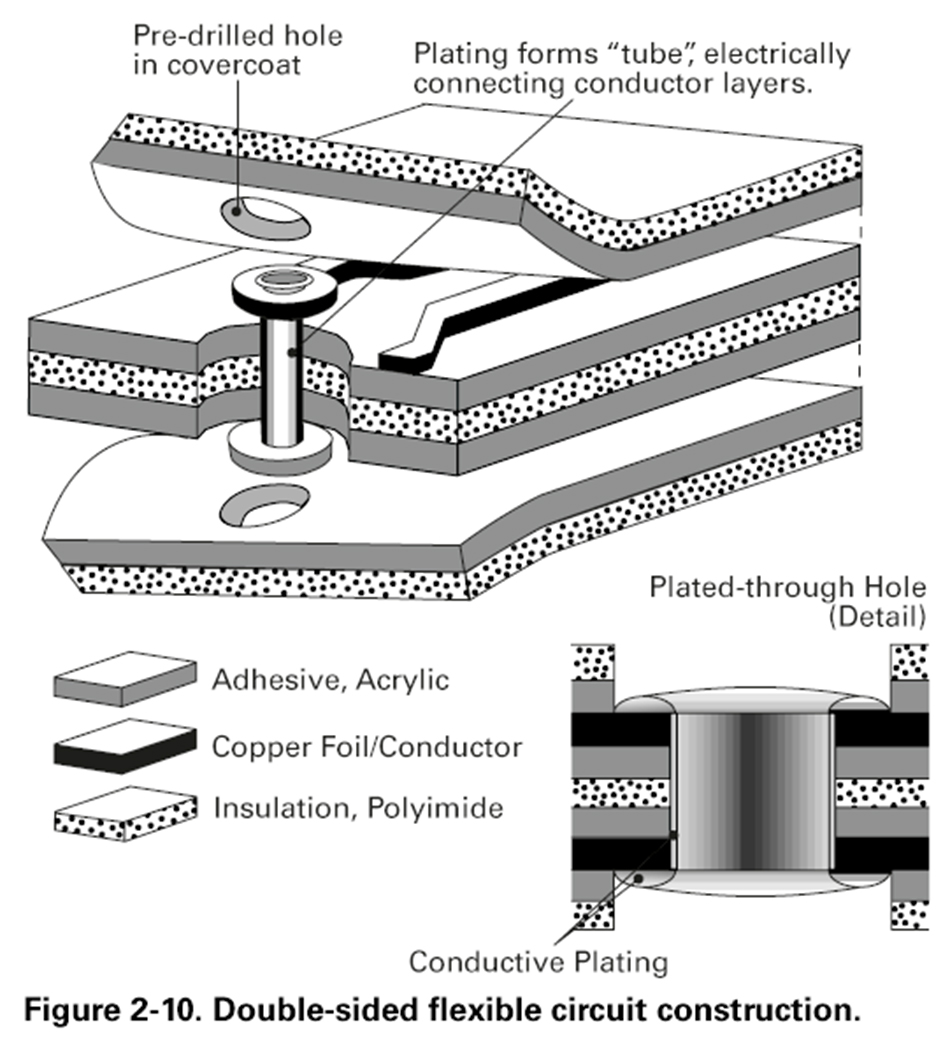
|
Top of Page
Illustration Example: Application Illustration
|
These three placard are examples of what is more traditionally thought of as illustration - a relatively accurate portrayal of real-world objects, drawn in a way to support a particular concept or attribute. This illustration was done by my graphic artist, Roberta DeWaters. |
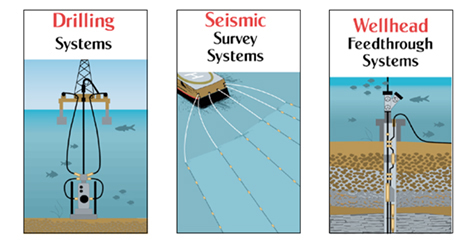
|
Top of Page
Illustration Example: A "Realistic" Scene
|
Here is an example of using 3D modeling and rendering, combined with lots of Adobe® Photoshop™ work to create a finished illustration. This was done for a full-page print ad in an international technical publication. |
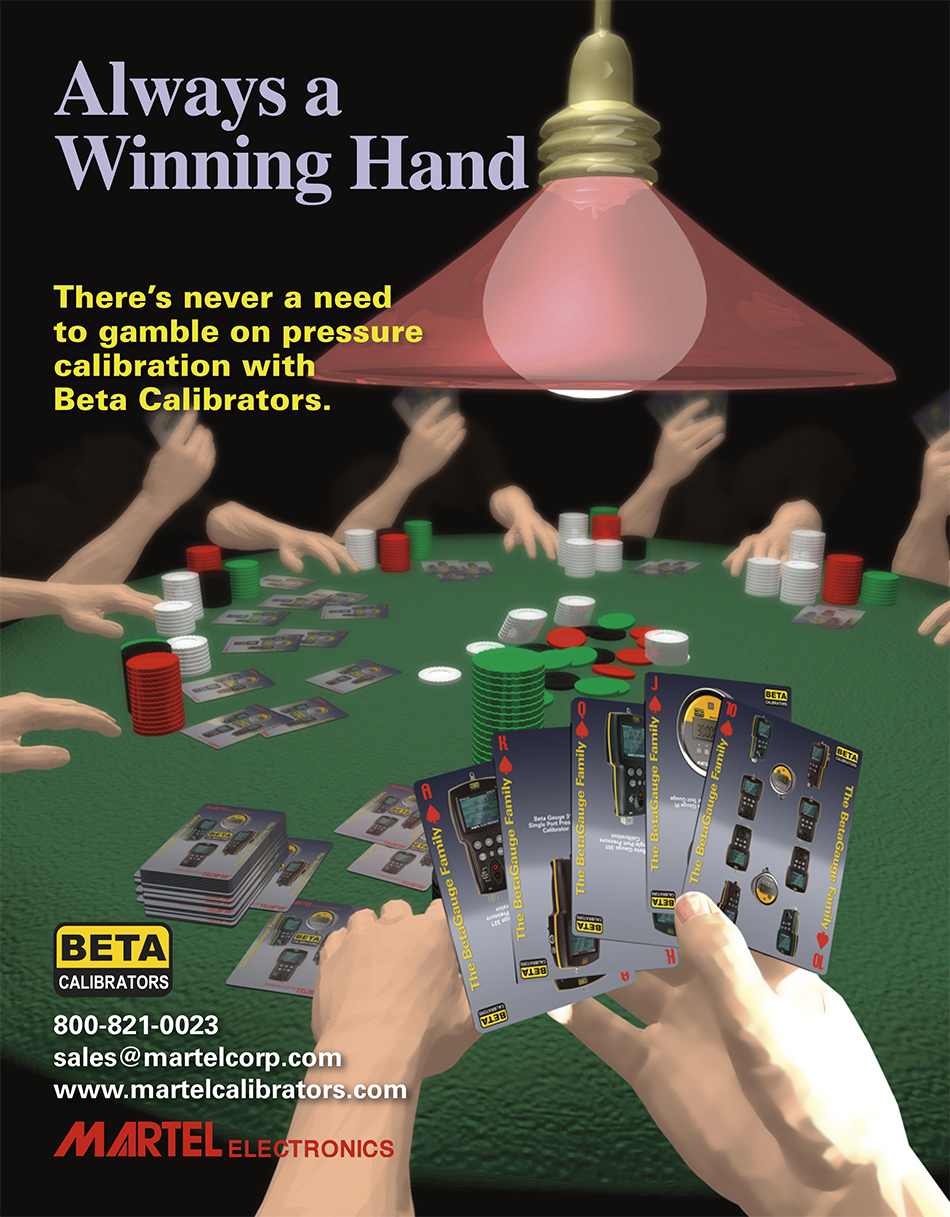
|
Top of Page
Illustration Example: 3D Model Rendering
|
This was the most complex 3D model scene I've ever done. The concept of this was to illustrate the electronic component "reed relays" in some whimsical way for the cover of an international electronic design magzine. The reed relay is illustrated on stage, showing its internal component parts and the magnetic field lines that surrround it when it is activated. The scene is supposed to be a nightclub for electronic components. I guess if I have to explain it... ;-} |
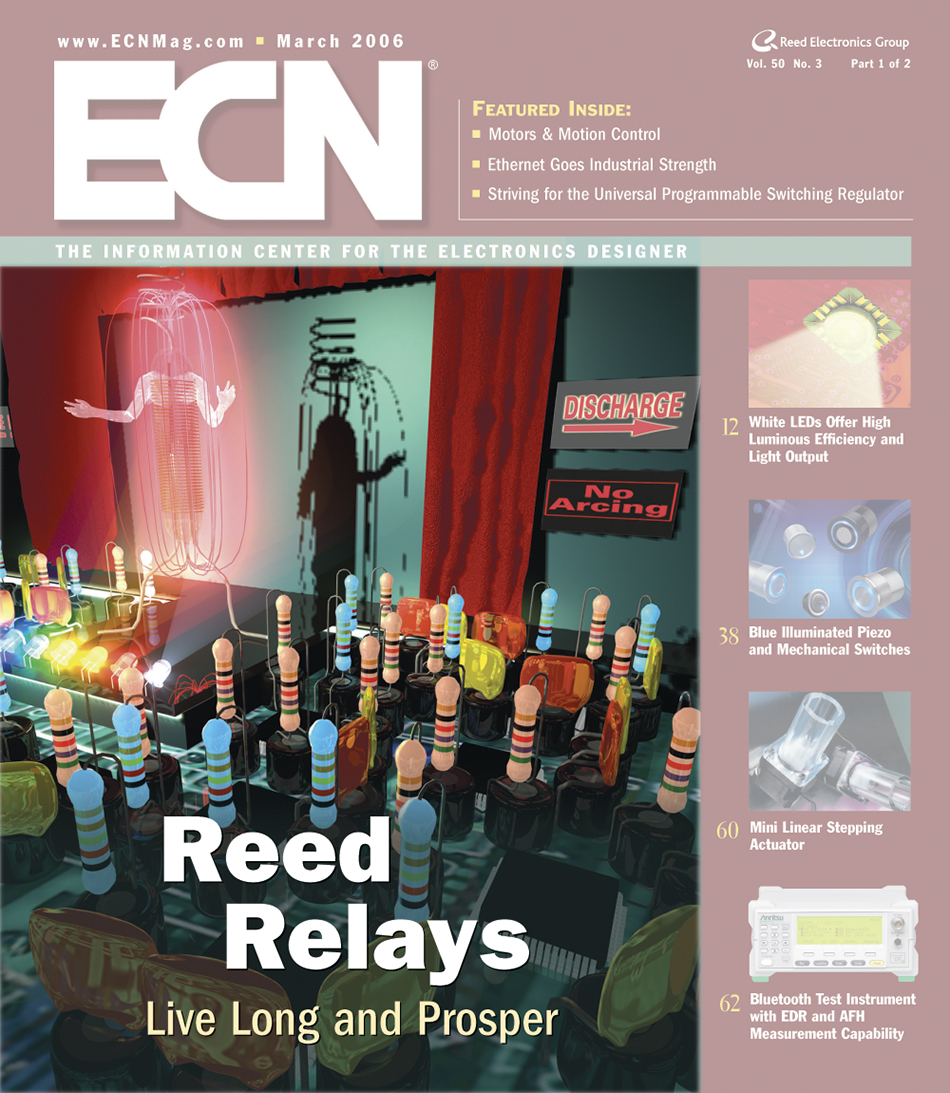
|
Top of Page
Illustration Example: Photography/Line Art Callouts
|
This is an example of using photography supplemented with line drawings to illustrate a concept. This is one figure in a service manual for a portable welder. Nothing beats a photo to quickly see the what and where of replacing this particular component in the welder. |
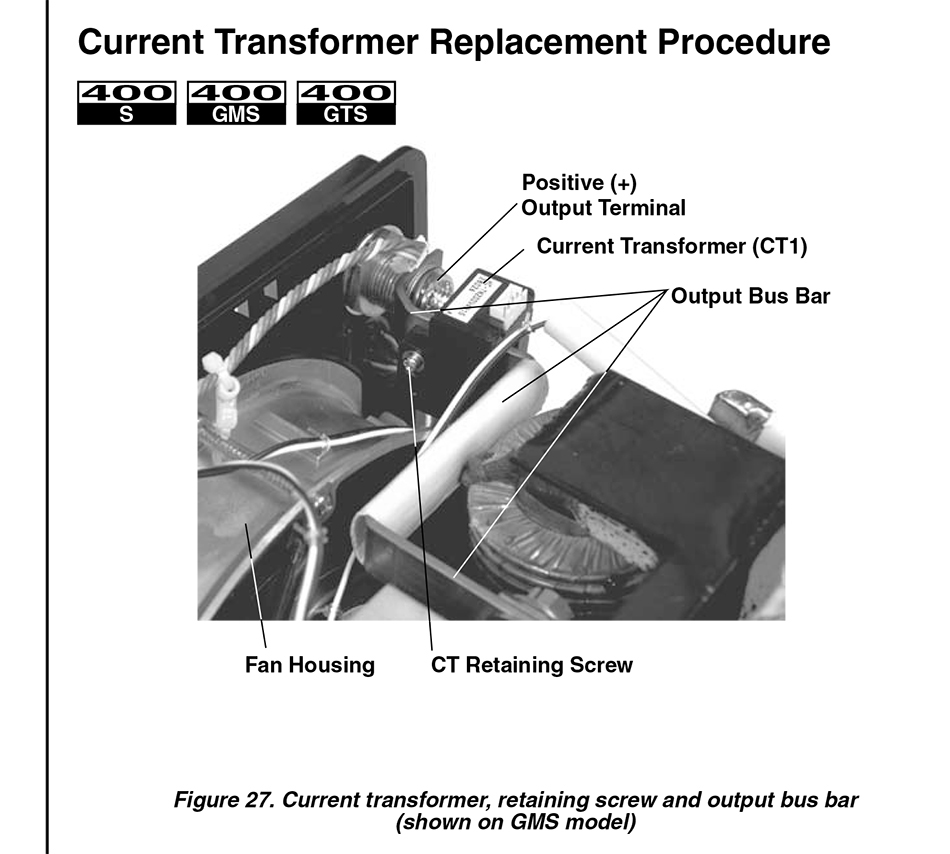
|
Top of Page
Illustration Example: 3d Model/Illustration
|
The client wanted a blown-up cutaway illustration of a new reed relay component soon to be released. For obvious reasons, cutting the prototype wasn't an option. With client-supplied physical prototypes and engineering drawings, I built an accurate 3d model complete with cutaway sections showing internal structure and operation. This was rendered and combined with photographs I took of the engineering drawing itself and the components parts of the final reed relay assembly. |
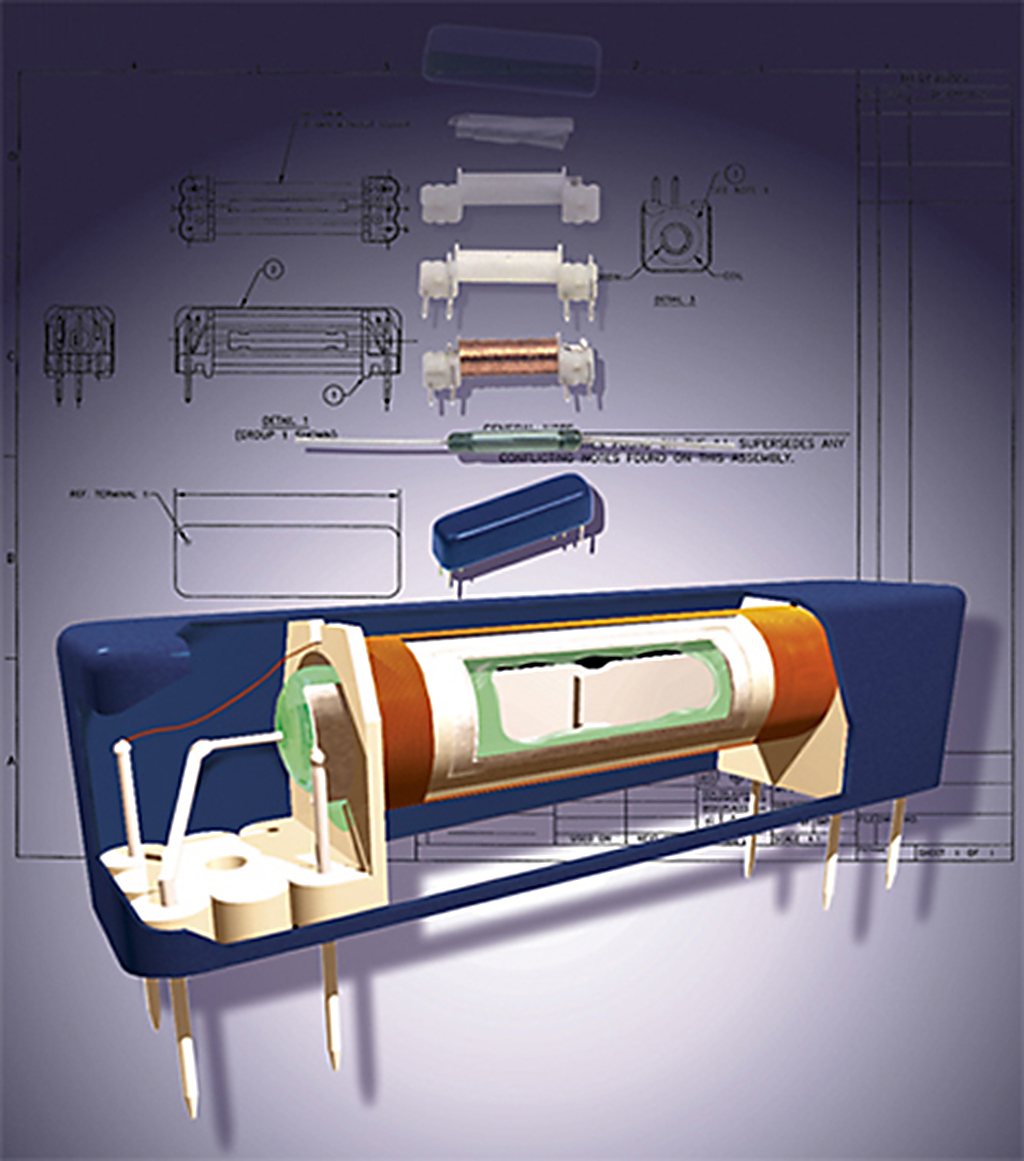
|
Top of Page